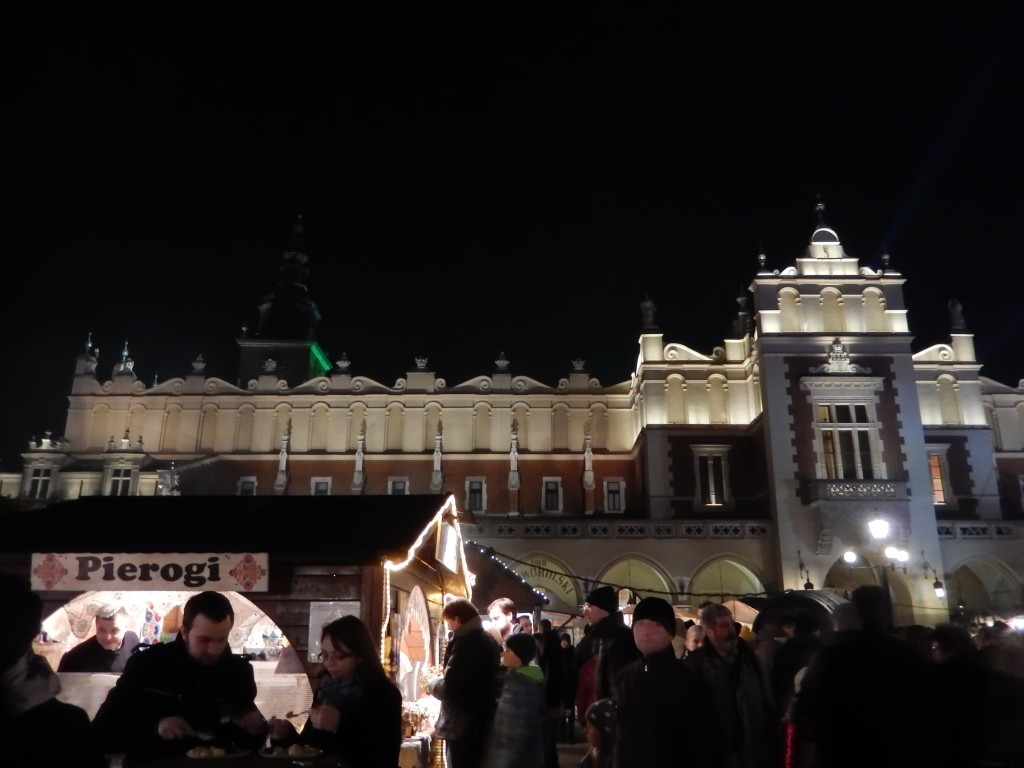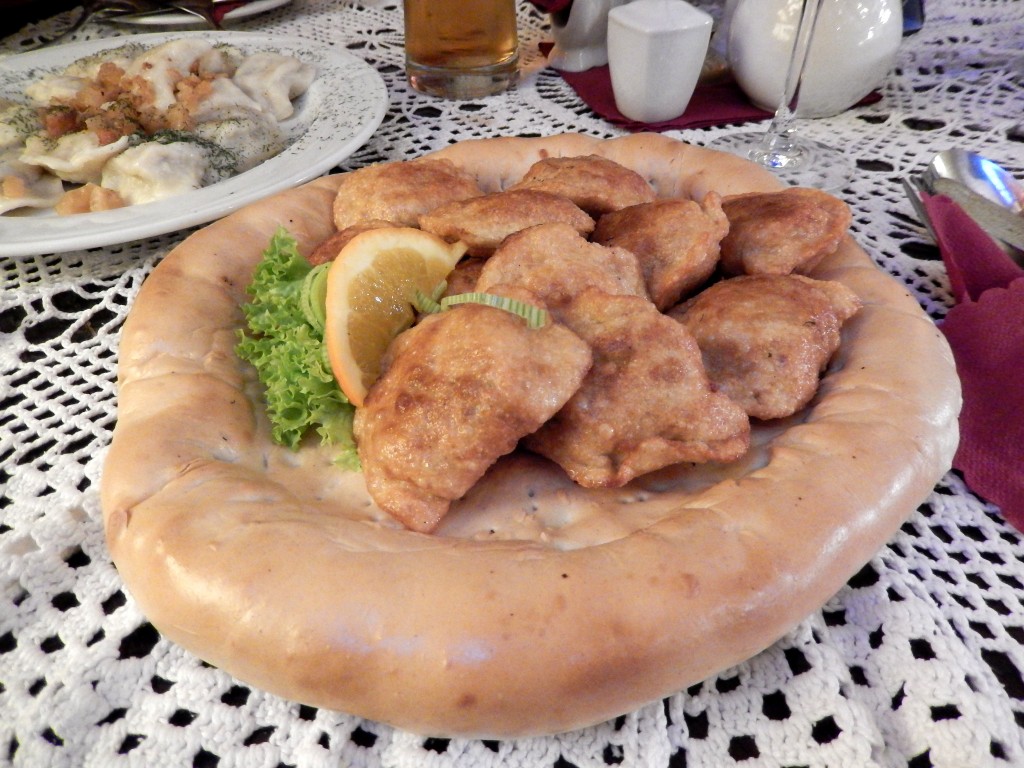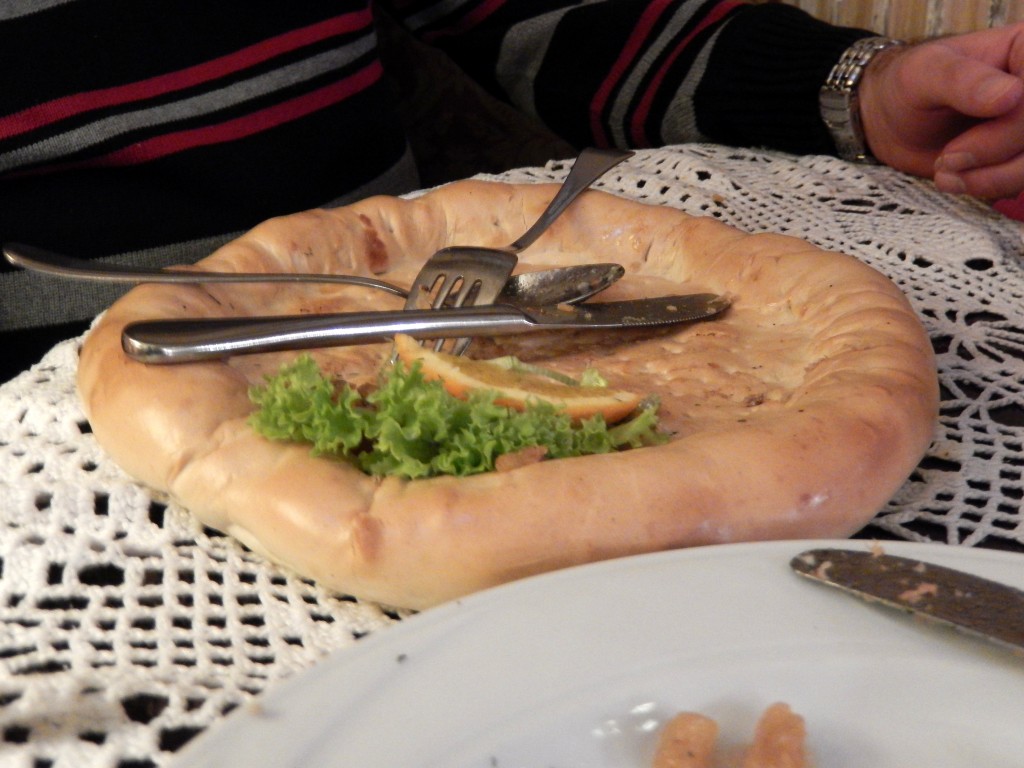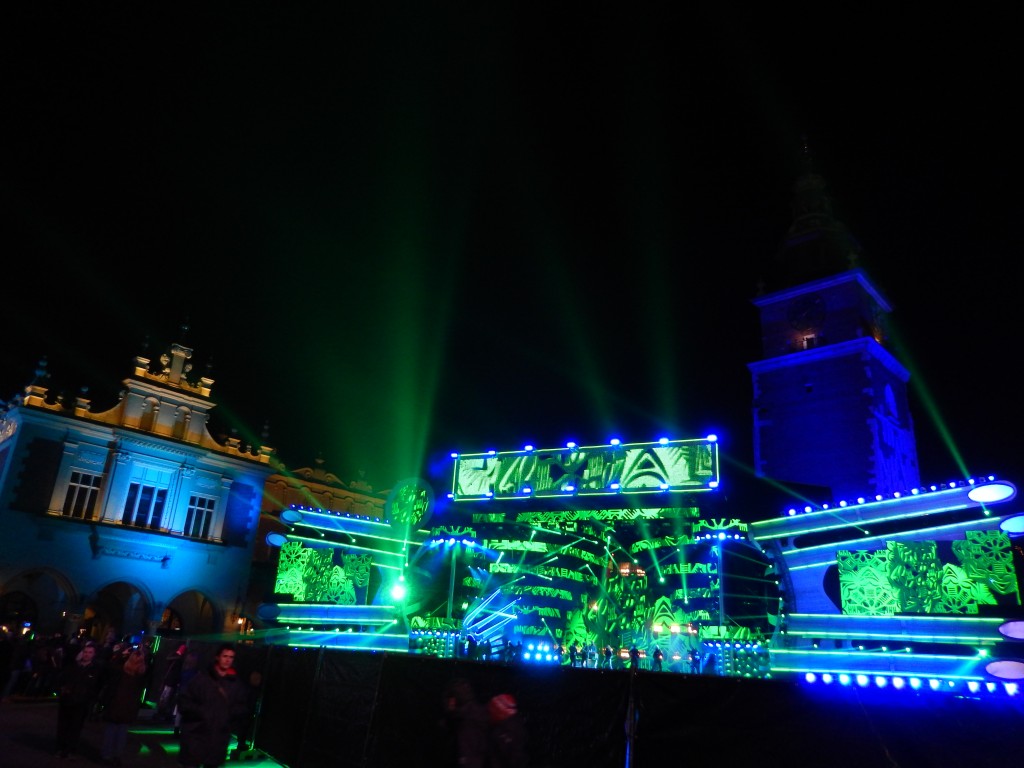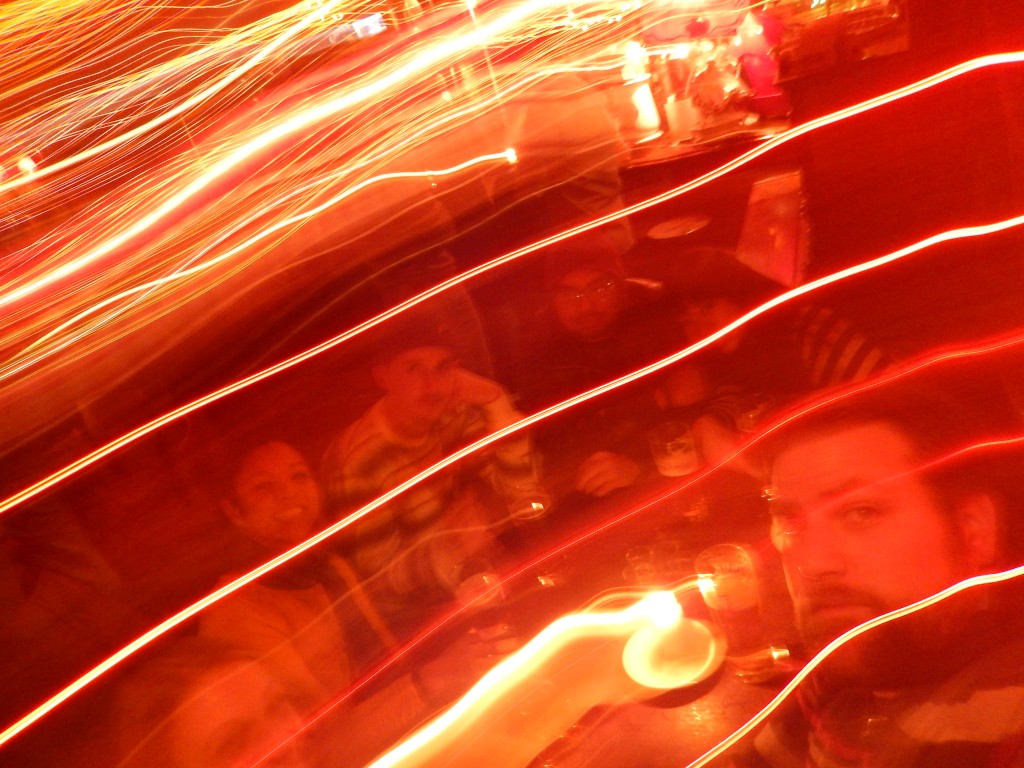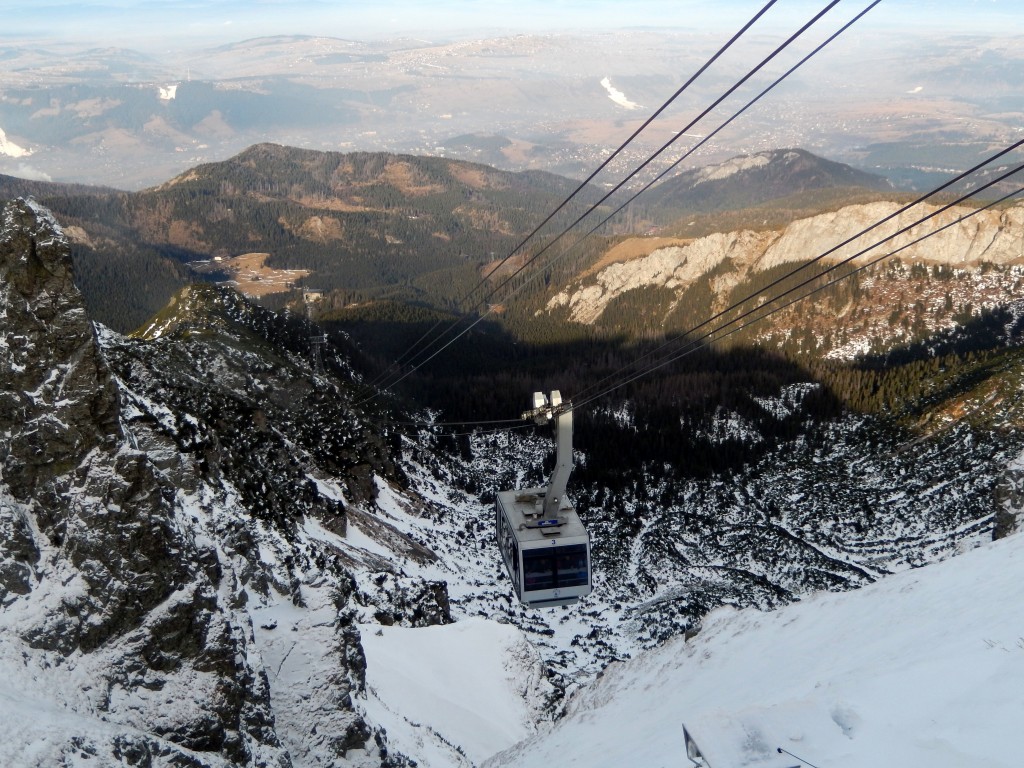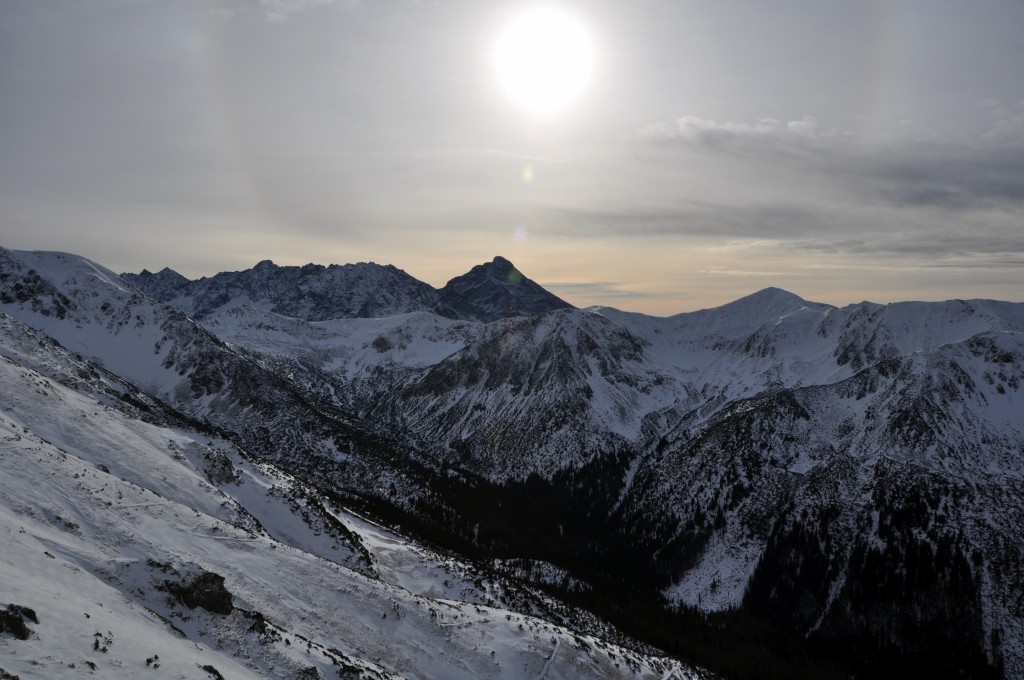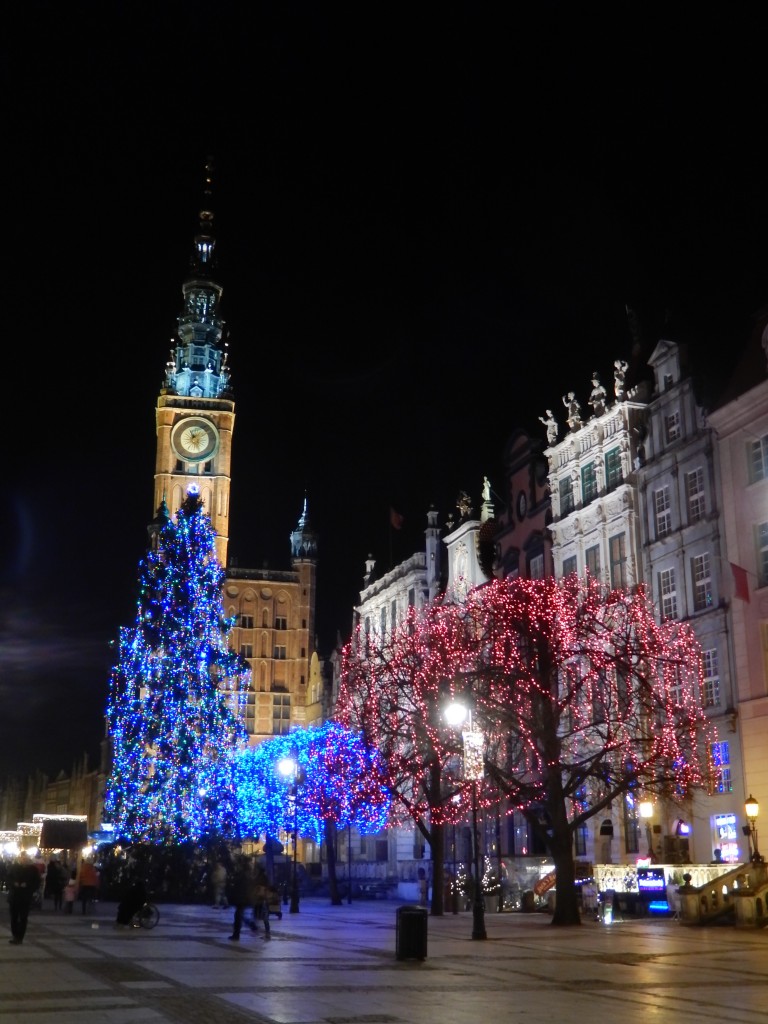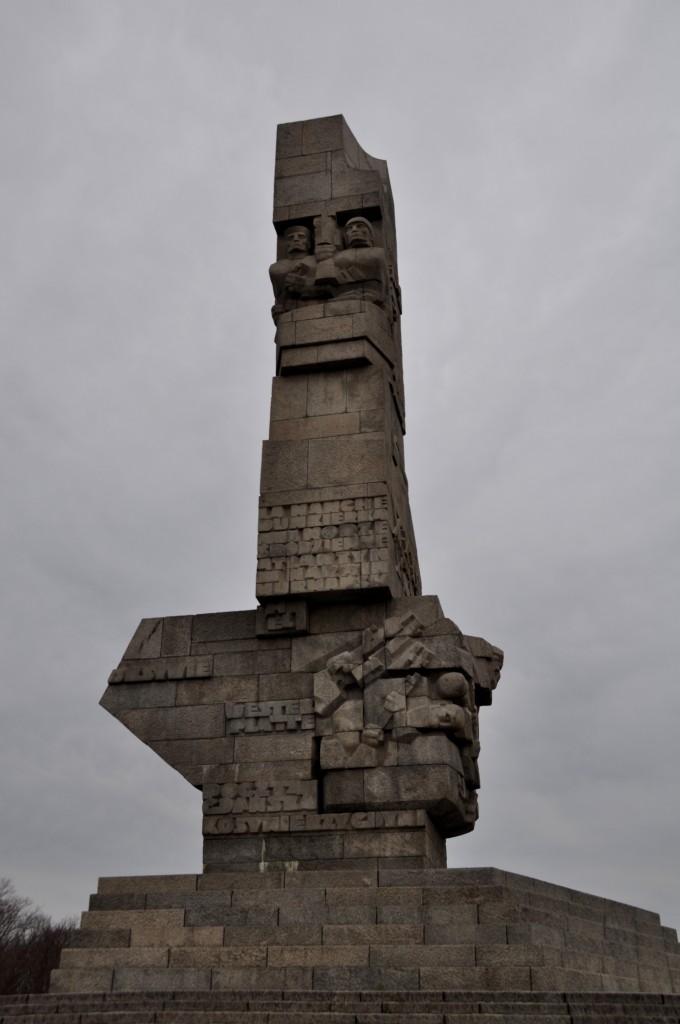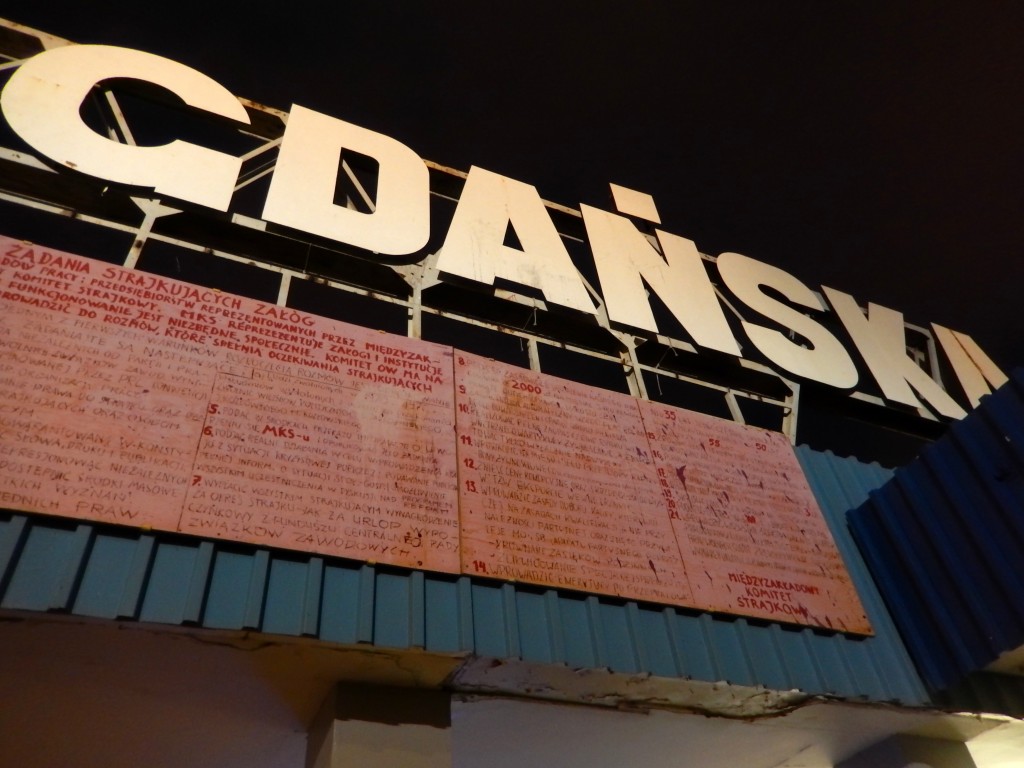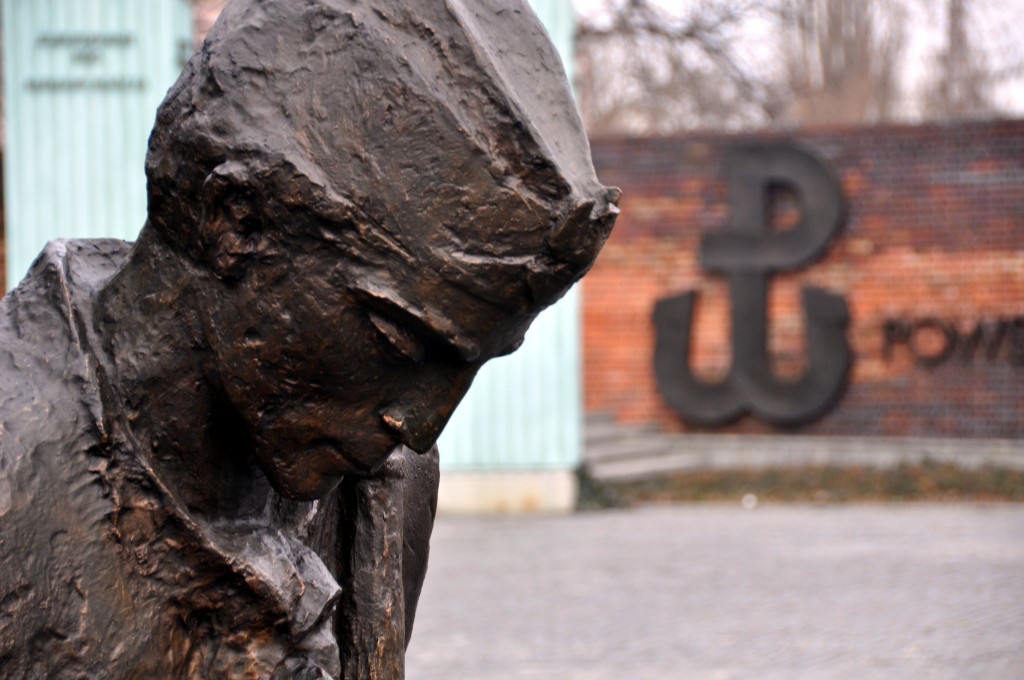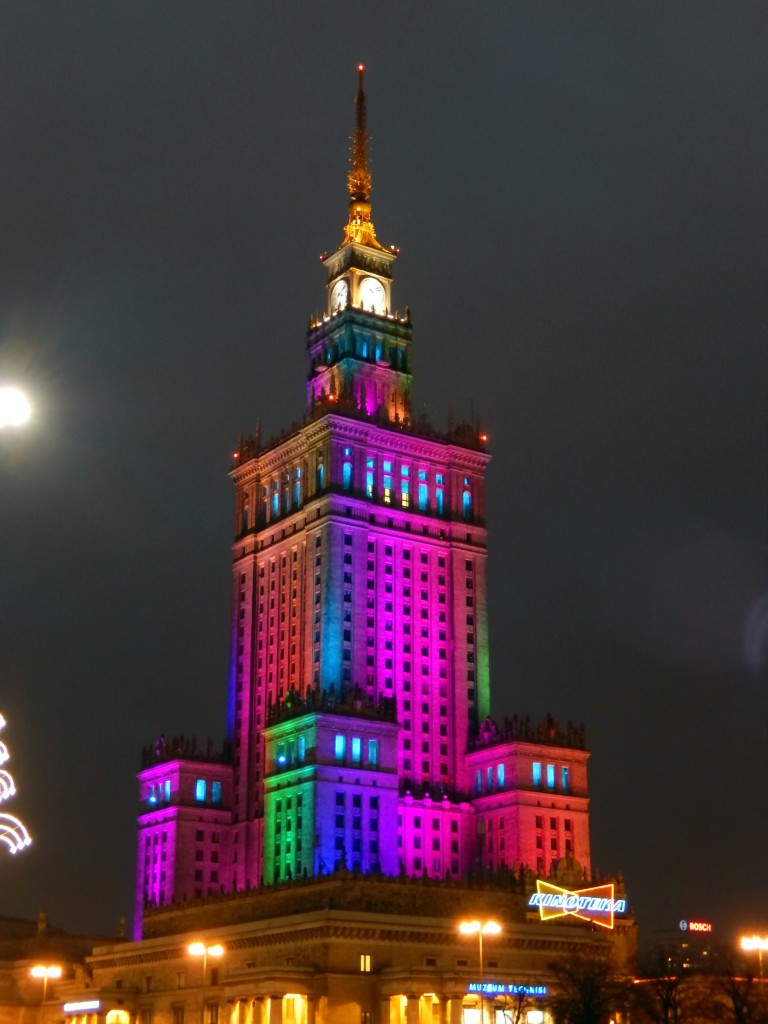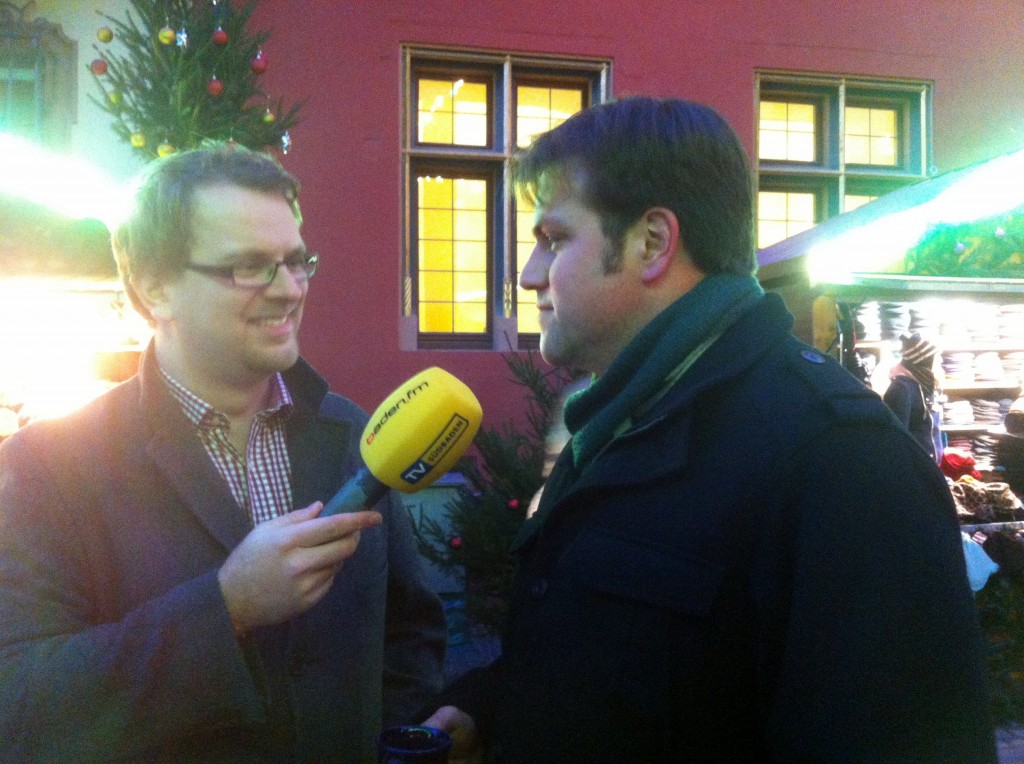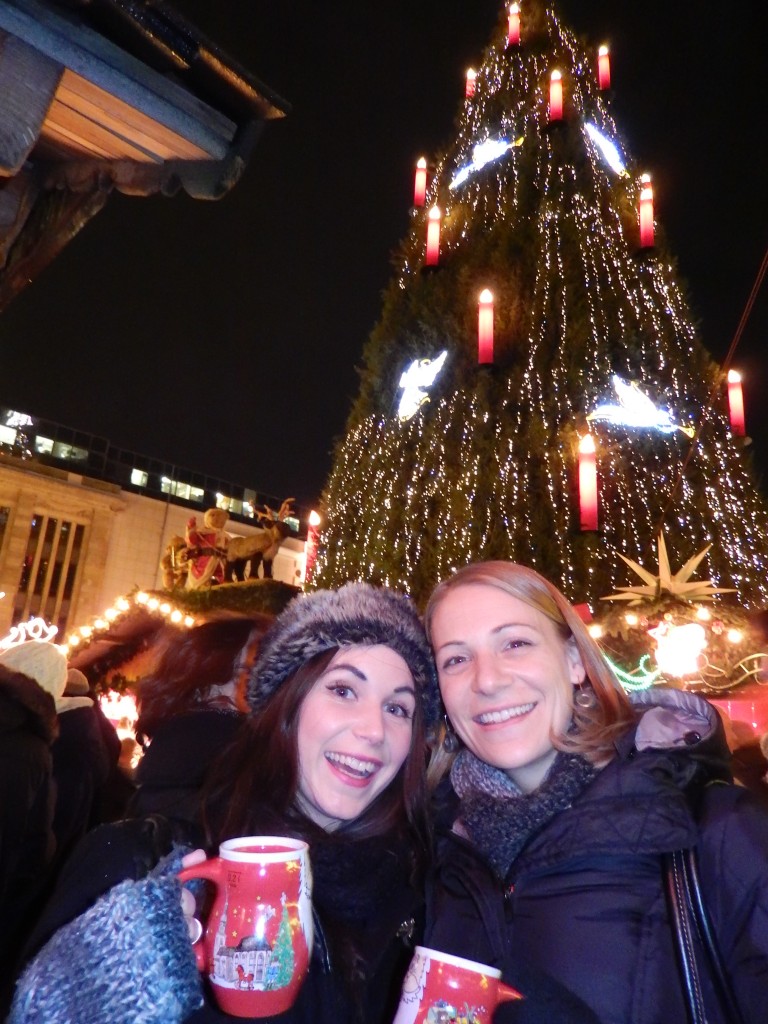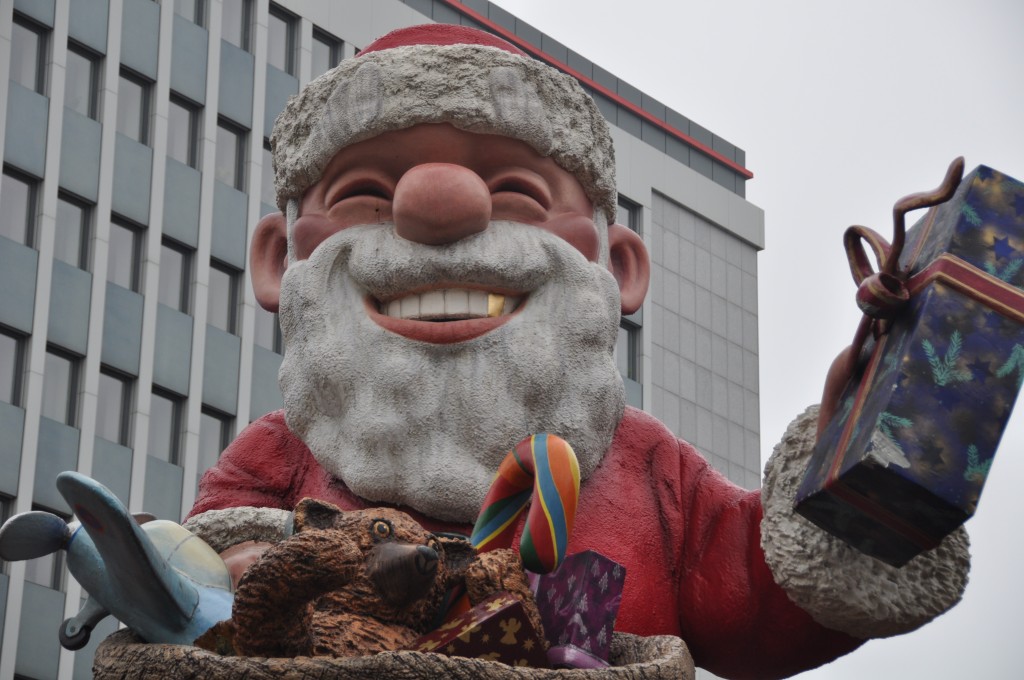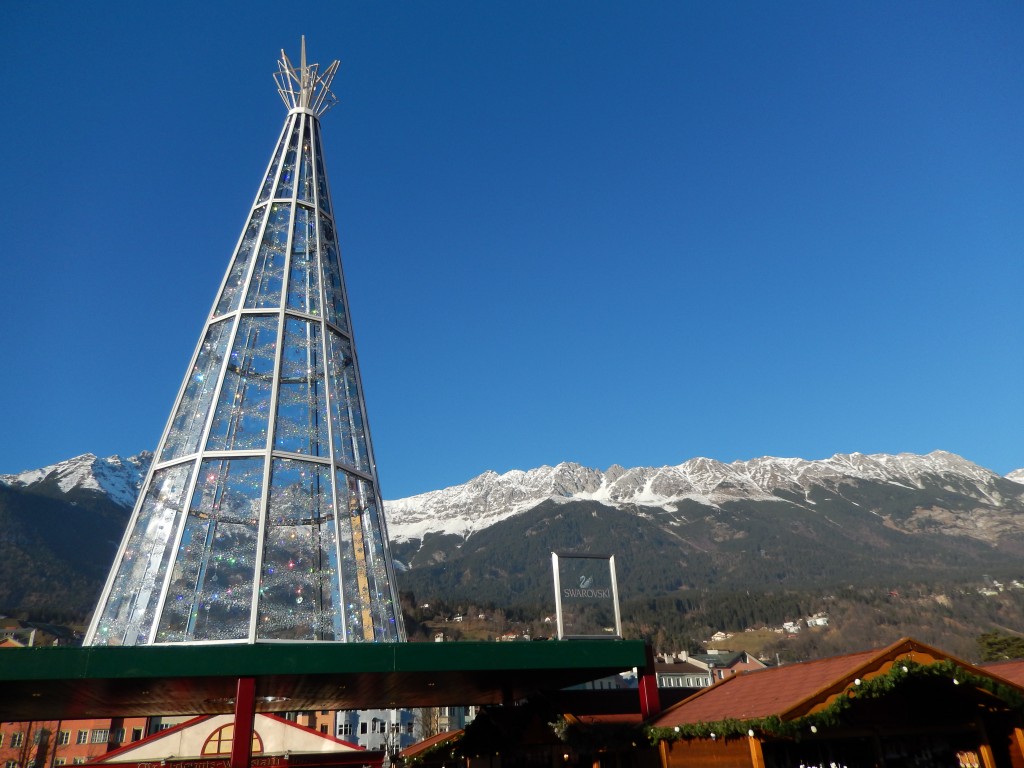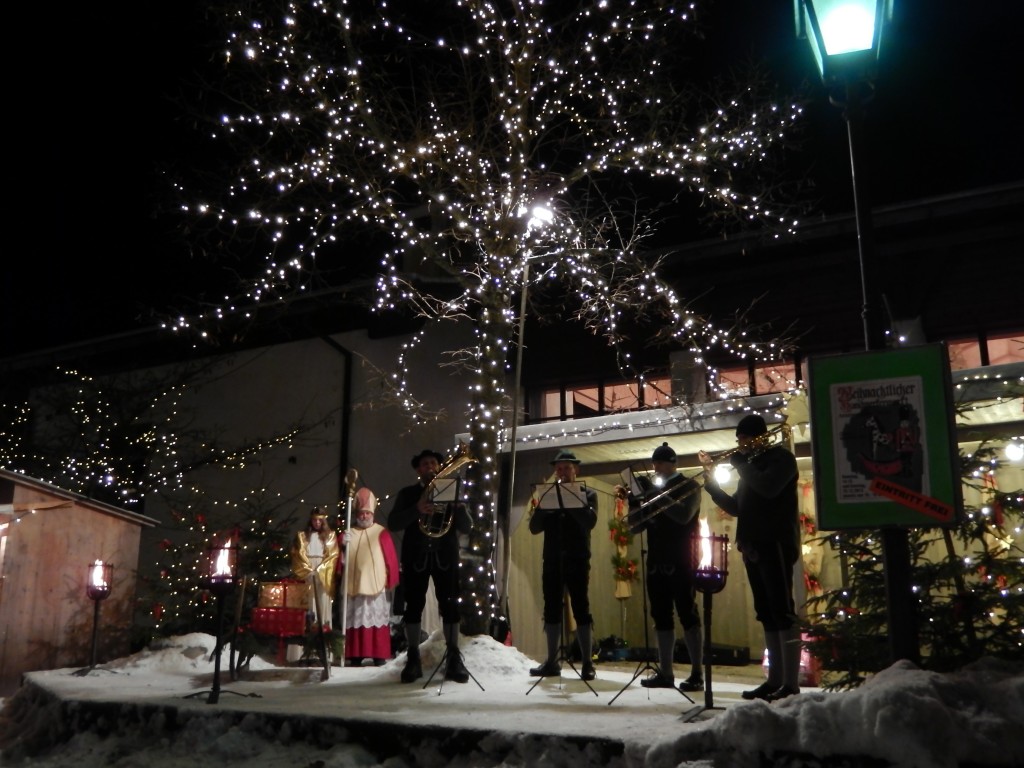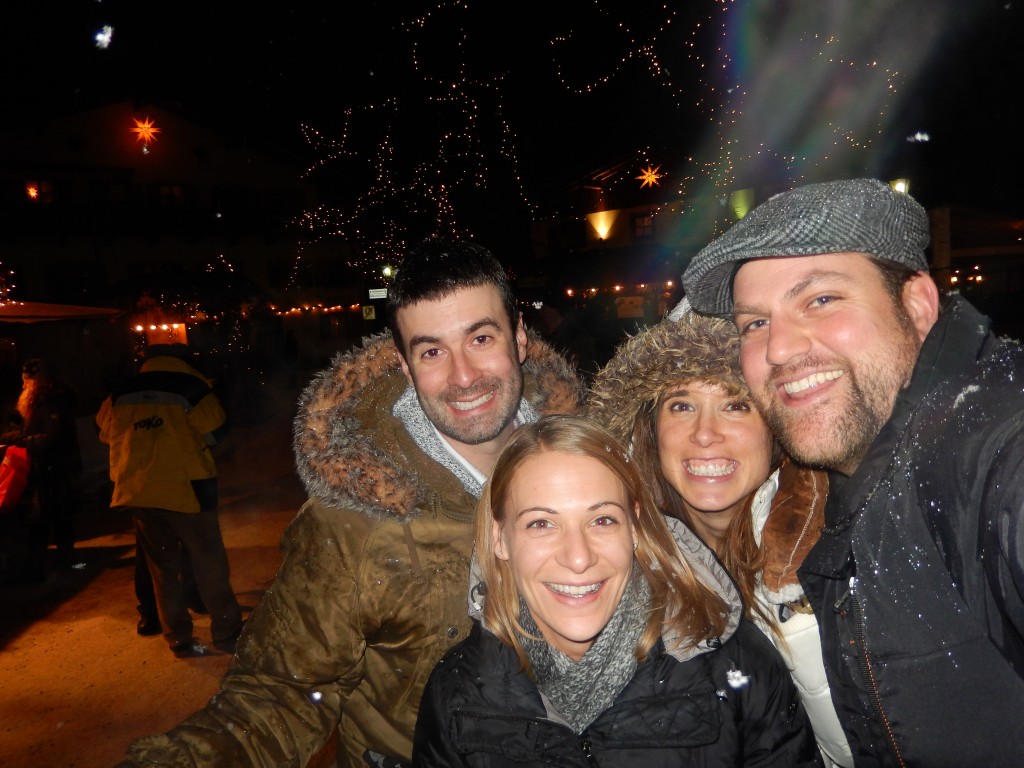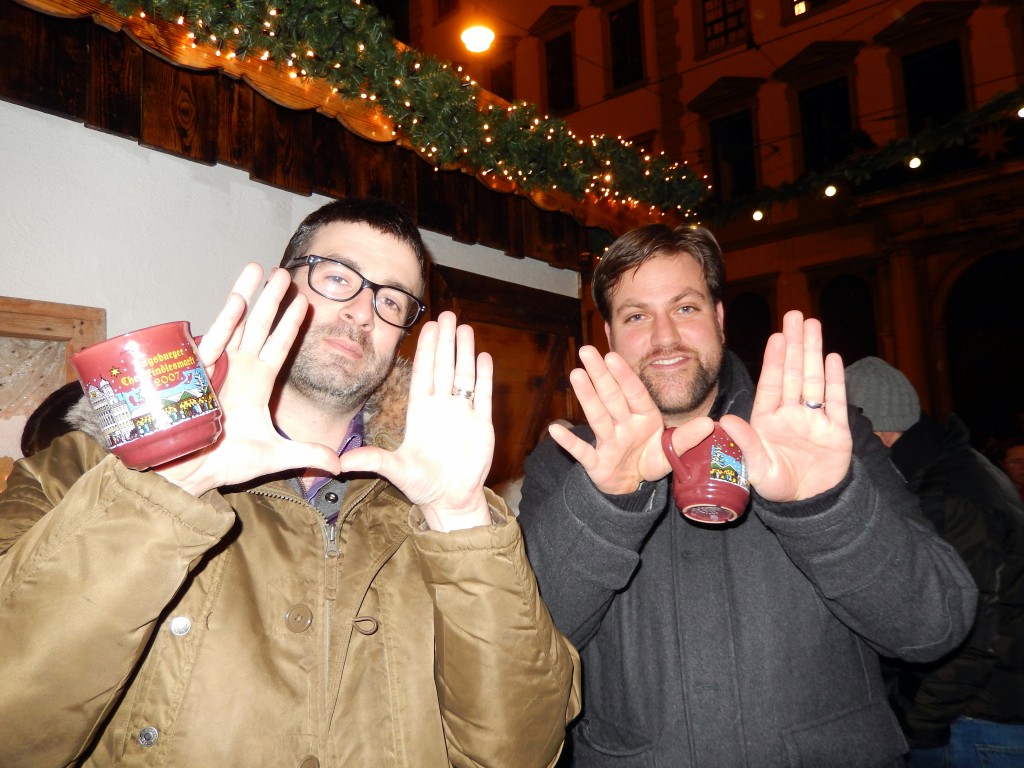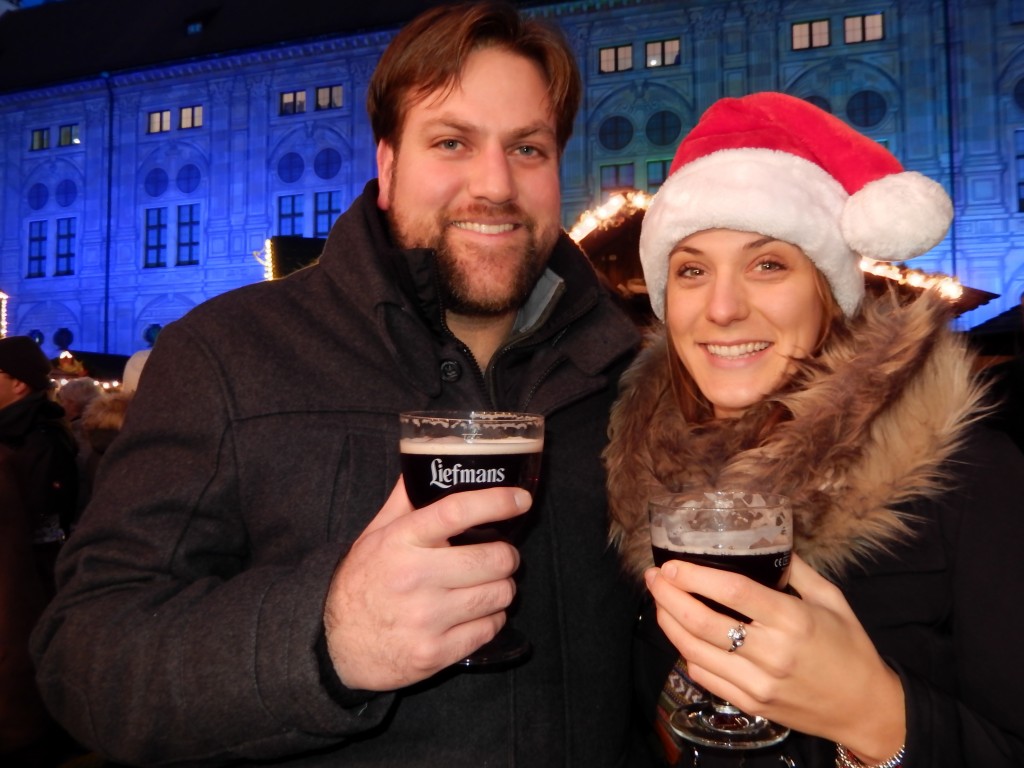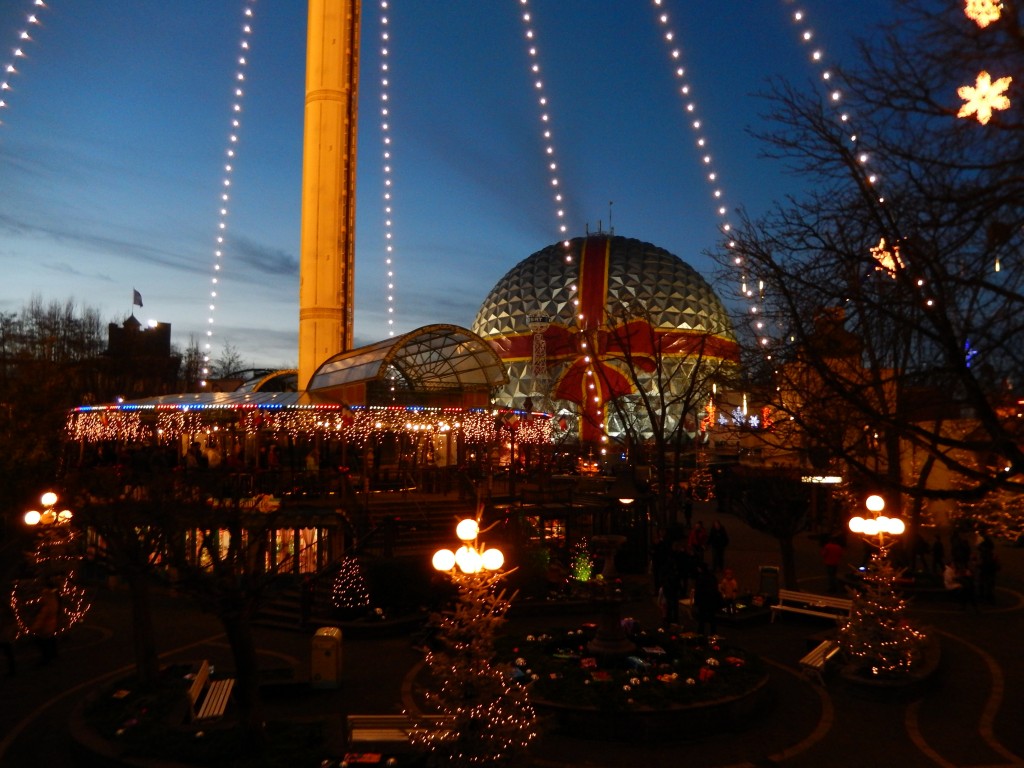KRAKOW – I am going to focus on the more cheerful elements of our Krakow visit. We visited the old Jewish neighborhood, the remaining section of the ghetto wall, memorials to the victims of WWII, and several amazing museums. However, there is more to Poland than WWII and Communism…so that is what I feel like sharing!
Let’s focus on eating and drinking for a bit!! We thought our days of European Christmas markets were finished last month, so we were super excited that the market in Krakow was still open!! Krakow’s Old Town is so beautiful, and we enjoyed wandering around eating pierogies and drinking mulled wine!
Speaking of pierogies, one order arrived like this:
Sadly, we didn’t sample the “bread plate”, as it was literally as hard as a real plate. The pierogies were pretty tasty though…obviously:
Karkow’s Old Town is where we rang in 2014! We got a preview of the concert and festivity preparations a few days in advance.
Actual New Year’s Eve was quite interesting. I’m not going to lie: I’m looking forward to returning to the States, where most firework shows are carried out by professionals. There is something about hundreds of thousands of drunk people standing shoulder to shoulder, roman candles, and bottle rockets that just scream ‘danger’! We returned home unscathed, but I’m not sure about some of our fellow partiers! The concert consisted of Polish pop stars performing their own versions of American songs. It felt like the theme should have been “Polish Karaoke Night 2014!”
At the end of our visit in Krakow, we were lucky enough to meet up with the current Olmsted Scholar living in Krakow and her family. They took us on a great tour of Krakow’s funky bar scene! While everyone else was chasing their vodka shots with beer, this “non-hops fan” was following vodka with more vodka. This is what most of the evening looked like from my perspective:
Of course, I’m exaggerating here…however, I can’t exaggerate about how much fun we had getting to know another member of the Olmsted crowd and drinking our way around Krakow. Thank you for sharing your “family time” with us!
ZAKOPANE – Last stop, Zakopane: Poland’s “Winter Wonderland”! Our plan was to explore the Gubałówka Mountains via snowmobile. Due to the extraordinarily warm winter we are having here in Europe, there was not enough snow in Zakopane to snowmobile. So, our adventure was changed to an ATV trip. Unfortunately, as we were driving to the base of the mountain, we found out that our ATV tour was cancelled for no given reason. Although disappointed and frustrated, this change of fate probably saved our lives: we were lost and had already spun out several times, as well as slid backwards down a hill covered in ice with our super-stellar (read: horrifically awful) rental car. Lack of snow does not mean lack of ice in “winter wonderland”!
Plan B: Kasprowy Wierch mountain range in the Tatra National Park! We took two funiculars to the top, which had plenty of the white stuff!
We still enjoyed a beautiful “winter” day, even without the snowmobiles!!

